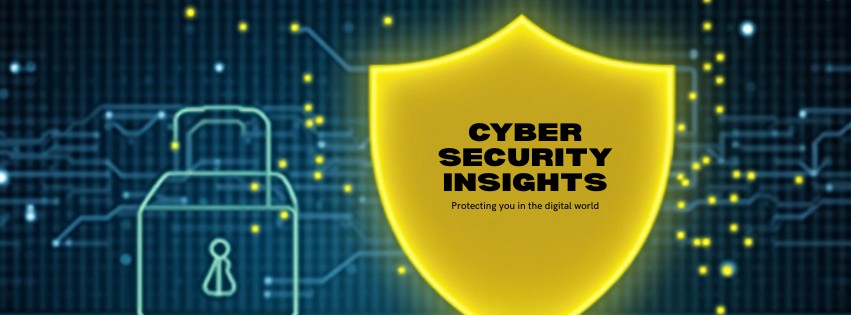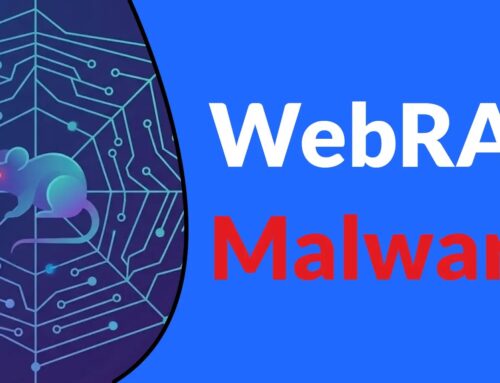
Threat Actors Abusing Signed Drivers to Launch Modern Kernel Level Attacks on Windows
# Understanding the Recent Threat: Abusive Use of Signed Drivers by Cybercriminals
Cybersecurity threats are evolving, and with them comes the need for increased awareness and vigilance. Recent insights indicate that threat actors are exploiting signed drivers, a tactic that raises significant concern among cybersecurity professionals. In this blog, we will delve into the details of this malicious strategy, explore its implications, and provide you with the knowledge needed to safeguard your systems.
## Table of Contents
1. **What Are Signed Drivers?**
2. **How Threat Actors Exploit Signed Drivers**
3. **Recent Incidents and Case Studies**
4. **Protecting Your Systems Against Such Threats**
5. **Conclusion: Staying Ahead of Cyber Threats**
—
## 1. What Are Signed Drivers?
Signed drivers are software components that adhere to a specific framework ensuring their integrity and origin. They are essential for device functionality and stability in operating systems, allowing hardware components to communicate effectively with the software. However, because of their trusted status, they can become a weak link when in the hands of malicious actors.
**Key Takeaway**: Understanding signed drivers is crucial, as they are a vital part of your system’s operation but can be targeted for malicious exploitation.
—
## 2. How Threat Actors Exploit Signed Drivers
Cybercriminals are increasingly taking advantage of the trust in signed drivers. They can leverage legitimate signed drivers to bypass security measures, as many security tools trust these drivers inherently. By inserting hidden malware within signed drivers, attackers can gain elevated privileges and execute harmful payloads within the target system without raising alarms.
### Techniques Used by Cybercriminals:
– **Adopting Certificates**: Malefactors use stolen or misappropriated certificates to sign malicious drivers, tricking users and security systems.
– **Modifying Existing Drivers**: Some attackers may alter recognized drivers to include malware without changing their functional properties.
**Key Takeaway**: Knowing how signed drivers can be manipulated is vital for cybersecurity strategies, as it underscores the importance of rigorous scrutiny of such components.
—
## 3. Recent Incidents and Case Studies
Several recent incidents highlight the severity of this concern. For instance, research indicates a surge in cases where attackers have used signed drivers to install ransomware or steal sensitive data from compromised systems. Specific attacks involving well-known software signatures exemplify how threat actors can deceive even seasoned professionals.
### Notable Examples:
– **Case Study 1**: A large corporation fell victim to a signed driver exploit, leading to a data breach affecting thousands of clients.
– **Case Study 2**: A high-profile nation-state actor utilized malware disguised as signed drivers to infiltrate government networks, showcasing the risks at a large scale.
**Key Takeaway**: Real-world examples emphasize that the exploitation of signed drivers is not just hypothetical; it poses substantial risks to both individuals and organizations.
—
## 4. Protecting Your Systems Against Such Threats
While threats associated with signed drivers can seem daunting, there are proactive measures organizations and individuals can take to mitigate risks:
– **Regular Updates**: Keep software and drivers updated to limit vulnerabilities.
– **Employ Security Solutions**: Implementing advanced endpoint protection can help detect unauthorized changes to signed drivers.
– **Monitor Driver Usage**: Using tools that provide insights into driver behavior can help detect anomalies that indicate possible exploitation.
– **User Education**: Train employees about these threats, ensuring they recognize suspicious activities related to driver installations.
**Key Takeaway**: Empowering your organization with knowledge and robust security practices is essential in combating these modern threats.
—
## 5. Conclusion: Staying Ahead of Cyber Threats
The increasing abuse of signed drivers highlights the shifting tactics of cybercriminals. By understanding the risks and implementing sound security measures, individuals and businesses can bolster their defenses. Staying informed is key; continuous learning and adaptation to the evolving landscape of cybersecurity threats can make all the difference in protecting sensitive information and maintaining trust in technology.
### Final Thoughts
Cybersecurity is a shared responsibility. By remaining vigilant and proactive, and by understanding the complexities surrounding signed drivers, we can create a safer digital environment for everyone.
—
By being mindful of this emerging threat landscape, organizations can better prepare themselves, strengthen their cybersecurity strategies, and foster a culture of security awareness. Always remember that knowledge is your first line of defense in the battle against cybercrime.





